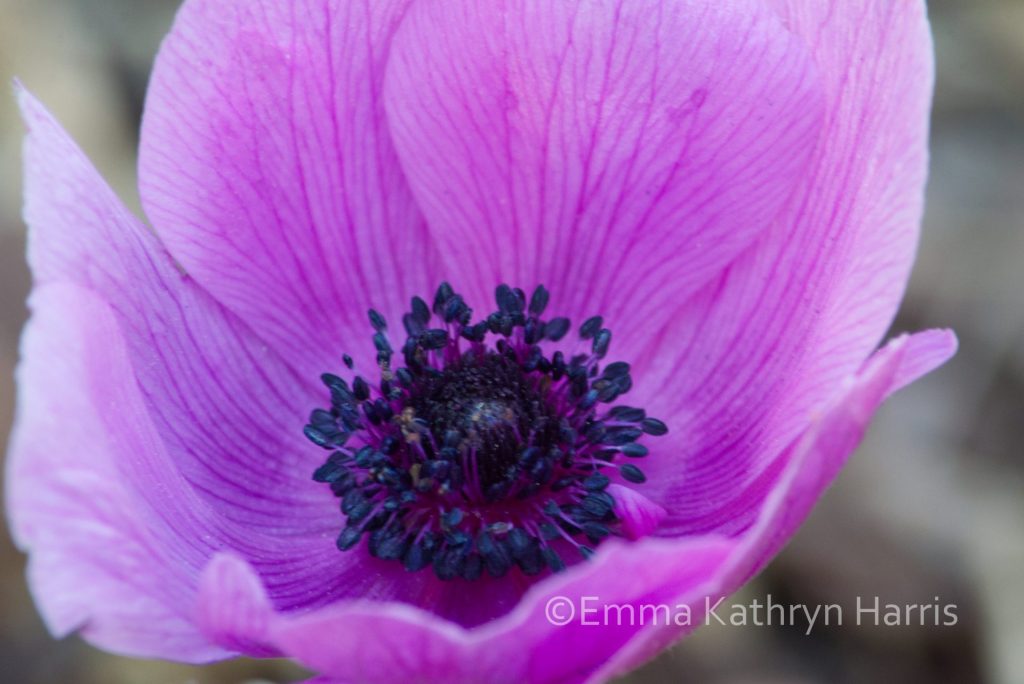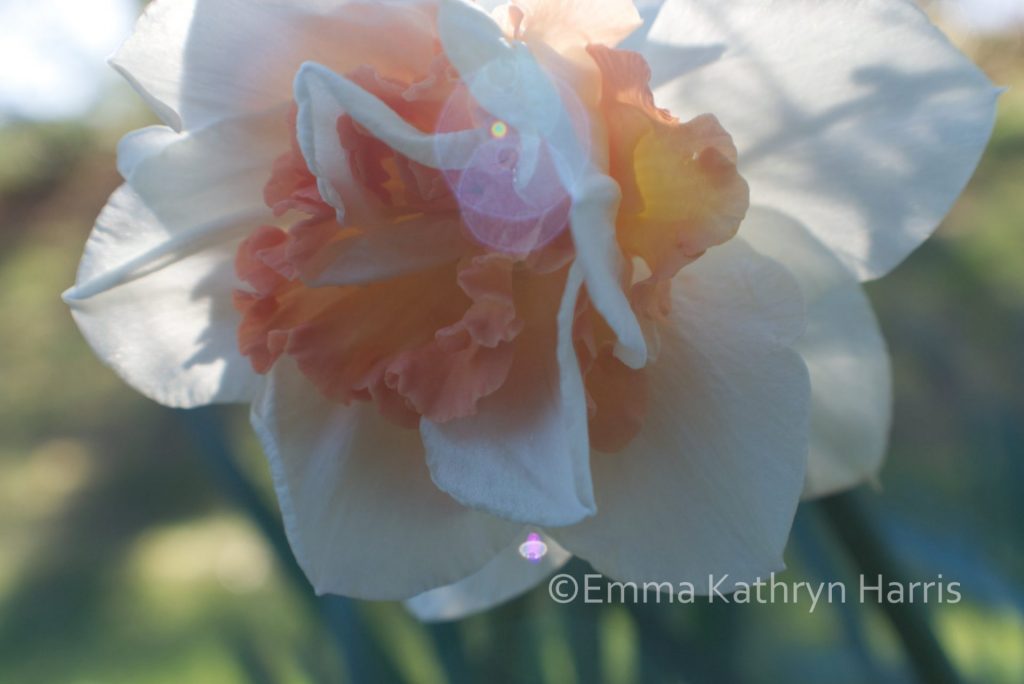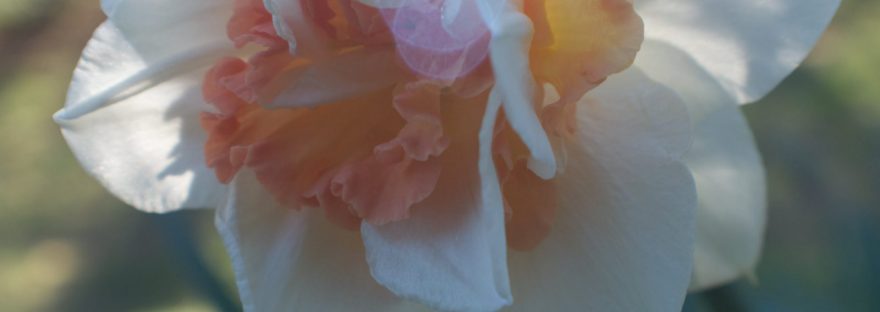Plants want to grow; they are on your side as long as you are reasonably sensible.”
Anne Wareham, Author
We gardeners get excited when spring appears. It takes all our willpower not to head out and start adding plants to our yard and bringing color to the fore. We have to hold back and wait for that last frost.
Do you know your final frost date? To find out, head over here.
The last frost date, and which many a seed packet refers to, is technically the last frost in the spring you will experience until the fall. However, as most of us realize, the weather does not always play nice with us.
Last year’s damage
Last year, for example, I had two frosts that did a lot of damage to my foliage. Here in North Carolina, we experienced record high temperatures. My flowers began to appear; my Old-Fashioned Bleeding Heart was blooming; my Japanese maple was filling out; my hydrangea was covered in buds. My flowering Dogwood tree was budding with flowers.
Then a cruel frost came through—twice! The first time I had hoped for the best. With the second frost, I covered many of my plants. While some did regrow, others did not, such as my Japanese maple. The frost affected all our gardens.
This year, however, I am ready. Although my frost date was scheduled for April 12 and we did experience below-freezing temperatures that weekend, I am still not taking chances that the frost threat is completely over.
We have had some at to below freezing temperatures lately, following near 70-degree weather. My plants are springing up, so the cold snaps will affect them. Now when we have the threat of freezing weather (and snow!!) I run out and cover everything—including my Japanese maple—with towels and sheets.
My yard looks weird with the multi-colored sheets for sure, but it will look much better when my flowers have been saved and begin to bloom after all this cold.

Be spring frost prepared
If you have fancy plant covers, that’s great! I, however, do not. I use old sheets and towels and spread them out on top of my plants and rose bushes. When I covered my daffodils earlier, the sheets did not squish them. So don’t worry about your lovelies when you cover them.
Bring your potted plants inside for the night. If you have delicate flowers, they likely will not enjoy the cold. So bring them inside, and put them back out when the temperature rises above freezing.
Certain flowers, such as pansies and violets, thrive in cold weather, so they should be safe, especially if they are in the ground. If you have them in containers and the low temperatures make you nervous, bring them inside.

While the garden centers tempt us with early planting, be practical about your plantings. If you are itching to plant now, choose hardy plants designed for cold weather snaps. If, like me, you like the delicate flowers that thrive in summer weather, or flowers for your containers, you might wait until after that frost. I typically hit the garden centers at the end of April.
I know it seems so far away, but those plants quickly grow into mature plants in a short amount of time. By the end of the month, I see amazing progress, and by the end of the summer, they have taken over.



